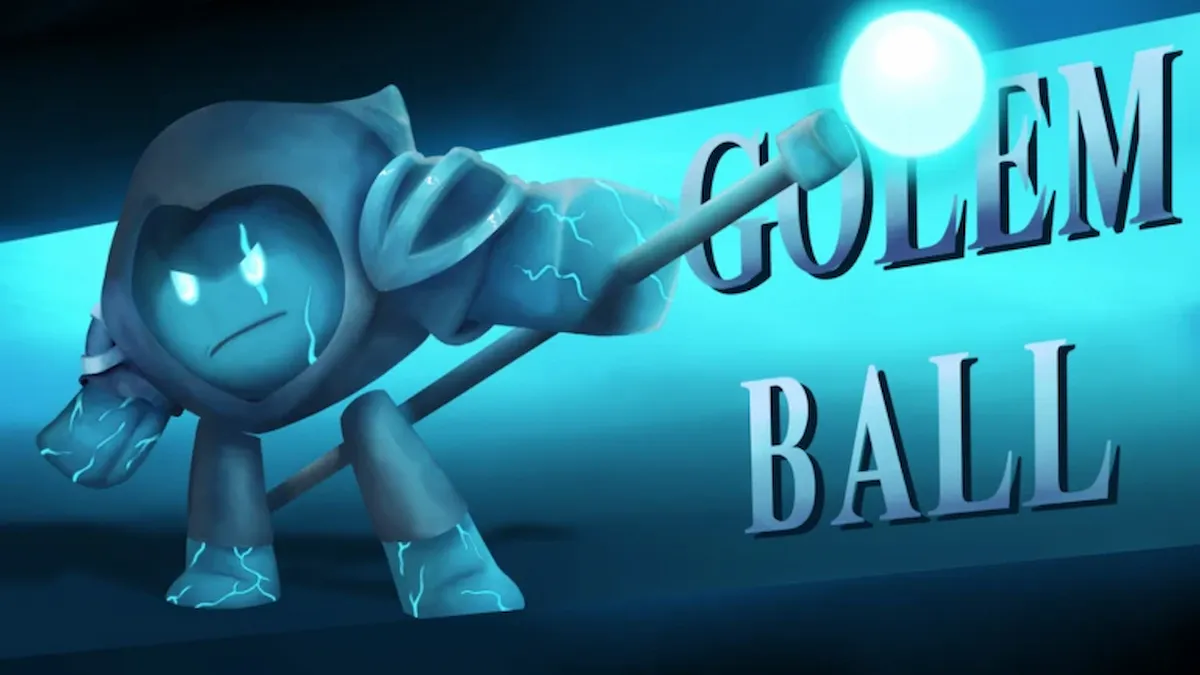For the longest time, many wrote off video games as works of little depth, a criticism that often stemmed from the paper thin plots from video game of old. That wouldn’t fly nowadays.
Many developers nowadays have taken great care to tell a great story, often sneakily taking inspiration from actual literature to fuel their incredibly rich works. Let’s look at some of the best games you didn’t know were influenced by books, shall we?
 Image via ZA/UM
Image via ZA/UMDisco Elysium was inspired by Sacred and Terrible Air by Robert Kurvitz
Playing Disco Elysium already feels as enriching as reading a novel, but fans will likely enjoy knowing that there’s an actual novel out there that expands upon the very same world of the game. I’m talking about Sacred and Terrible Air, a novel by the director of Disco Elysium that was only very recently made available in English — and only because of loving fans.
Similarly to the game, Sacred and Terrible Air tells of a mystery, though one completely unrelated to the one in the game. It features a completely different cast of characters, one we follow from childhood to adulthood as they try to solve the disappearance of a group of girls. Sadly, the main mystery gets no resolution by the end of the book, and we’re unlikely to see it resolved any conclusion anytime soon. Still, this is a great way to enrich our knowledge of that world.
 Image via 2K Games
Image via 2K GamesBioshock is a takedown of Atlas Shrugged by Ayn Rand
Not all inspiration comes from a place of adoration. Ever read something you found so dumb you just had to develop one of the best games of all time so you clown on its plot in front of a huge audience? Well, I don’t know if that was Ken Levine’s pitch for Bioshock back when he was trying to make it at 2K, but that sure is my Headcanon.
If you’re unaware, Ayn Rand came up with “Objectivism”, a philosophy that defended one should never partake in any action that didn’t seem to directly benefit them. Rand then wrote a thinly-veiled propaganda piece in the guise of a fiction novel, then named it Atlas Shrugged.
When protected by the plot armor of a book written to promote it, Objectivism might sound fine — so long as Atlas Shrugged is the first thing you’ve ever read. In the real world, however, Objectivism is little more than a wise-sounding word for suffering from nearsightedness of the mind (and soul). Bioshock tells the story of a city where Objectivism was the norm. The result was not an utopia, but a failed experiment that resulted in the brutal death of everyone involved — either by the city itself, or by the merciful hand of the player.
 Image via CD Projekt Red/Steam.
Image via CD Projekt Red/Steam.Cyberpunk 2077 was inspired by Neuromancer by William Gibson
While Cyberpunk 2077 was based on a game of the same name minus the 2077 part, both things exist because of Neuromancer, the Sci-Fi dystopian novel responsible for the creation of the whole Cyberpunk genre.
Interestingly, Gibson doesn’t seem to think much of the game, having gone as far as deriding it as a GTA clone with ’80s sci-fi aesthetics. Rough, but that’s likely because Gibson believes the game failed to realize the genre’s political messaging, opting for a superficial portrayal focused on showing off the cool gadgets instead. So, if you think Cyberpunk 2077 already offered some cool societal commentary, you should really give the novel that spawned it all a shot to see how deep the rabbit hole goes.
 Image via 2K Games
Image via 2K GamesSpec Ops: The Line: Heart Of Darkness By Joseph Conrad
When playing Spec Ops: The Line, you might get the feeling you’re playing a sneaky modern adaptation of Apocalypse Now. That’s true, to a degree, as the game did take a few cues from the super-popular anti-war war opus. Still, both the movie and the game about the hunt for a rogue military commander were heavily inspired by Heart Of Darkness.
Heart Of Darkness doesn’t follow the hunt for a US Army Colonel gone rogue. It was written long before even the Vietnam war, so it tells the story of military-unrelated atrocities, this time those by the British ivory trade. Though the military themes don’t exist in the original work, you can see the seeds for The Line being planted, and the vast differences between these three works guarantee you can enjoy each of them separately — with the option of playing Dicaprio’s reference-finding game as you please.
 Screenshot by Destructoid
Screenshot by DestructoidSilent Hill 2 was inspired by Solaris, by Stanisław Lem
Very few players would have guessed the greatest inspiration behind the psychological nuance of Silent Hill 2 would be a Russian Sci-Fi tale about a possibly sentient alien planet, but that’s the truth.
Members of Team Silent have openly discussed their love for Stanislaw Lem’s work, and you can totally see the parallels between the trajectory of the main characters of the two stories, as they both have to deal with what feels like it could be either a miraculous or demonic revival of a lost loved one.
 Image via Santa Monica Studio
Image via Santa Monica StudioGod Of War was inspired by a mix of 300 by Frank Miller and Homer’s works.
Just like its gameplay, which carefully mixes a bunch of popular elements from its time, the original God Of War trilogy takes a lot of its looks from Frank Miller’s 300, which is kind of like a gritty reimagining of the history and classic literary works of ancient Greece.
Interestingly, however, while God Of War was inspired by the 300 graphic novel, the visuals — especially the cool motion effects — of the 300 film adaptation by Zack Snyder took some heavy cues from the looks of God Of War.
 Image via Hakusensha, Dark Horse Comics, From Software
Image via Hakusensha, Dark Horse Comics, From SoftwareDark Souls and Elden Ring were inspired by the Berserk Manga by Kentaro Miura
While FromSoft employed the legendary George R.R. Martin to come up with the game’s amazing world, the studio had already been a longtime fan of Kentaro Miura’s Berserk series, and it shows. Many of the darkest themes in Dark Souls and Elden Ring were already present in Berserk, and creator Hidetaka Miyazaki doesn’t shy from showing it off.
If you know Berserk and try do do a drinking game where you take a shot for whenever you encounter a Berserk reference, chances are you might encounter the “You died” screen in real life. Don’t do that, but make sure to enjoy all the beautiful references and tributes to the late mangaka present in Elden Ring.
 Image via Game Science
Image via Game ScienceBlack Myth: Wukong was inspired by Journey to the West by Wu Cheng’en
The developers at Game Science knew they needed to bring their A game if they were to create a game that could go toe to toe with the Souls series both gameplay and lore-wise, so they made the safest-possible choice. A big part of Wukong is inspired by Journey To The West, a 16th century Chinese epic about a magical trickster monkey warrior who wielded a magical staff in battle.
If Wukong seems cozily familiar to you, it’s likely because Journey To The West is one of the most influential “Hero’s Journey” tales in history. In case you can’t put your finger on it, then yes, this was also the literary work responsible for inspiring the Dragon Ball manga and anime.
 Screenshot by Destructoid
Screenshot by DestructoidS.T.A.L.K.E.R. 2: Heart of Chornobyl was inspired by Roadside Picnic, by Arkady and Boris Strugatsky
Few people know S.T.A.L.K.E.R. and S.T.A.L.K.E.R. 2 were based on an arthouse film of the same name (minus edgy acronym dotting) by Russian filmmaker Andrei Tarkovsky. That’s understandable, as the movie lacks the gun violence on the poor mutant inhabitants of the zone that permeates the games. Still, the most interesting part is how even the movie is already inspired by something else. That’s Roadside Picnic, a sci-fi novel with a name even less marketable for action fans. The best part is how Roadside Picnic provides an experience already so distant from the games that you can totally enjoy them as something pretty much new.
 Image via Ubisoft
Image via UbisoftAssassin’s Creed was inspired by Alamut by Vladimir Bartol
The Assassin’s Creed series of games features its own series of novels, but that’s just a trick the assassins pulled to move you away from the whole thing’s real origin. It’s all based on Alamut, a 1938 novel by Vladimir Bartol.
Alamut tells the story of a sect of assassins in 11th century Persia, and, best of all, it’s based in fact. Yes, the assassins you see in the game are somewhat based in a real crew of badass assassins. The animus and all the sci-fi synchronization shenanigans, however, is either a fabrication made by the devs, or something the original novel didn’t think to declassify.
Destructoid is supported by our audience. When you purchase through links on our site, we may earn a small affiliate commission. Learn more about our Affiliate Policy

 3 hours ago
8
3 hours ago
8






![Anime Reborn Units Tier List [RELEASE] (November 2024)](https://www.destructoid.com/wp-content/uploads/2024/11/anime-reborn-units-tier-list.jpg)
